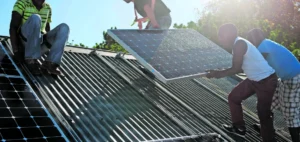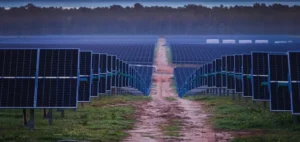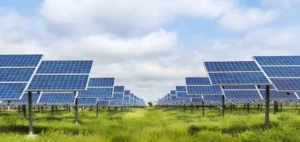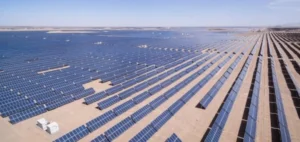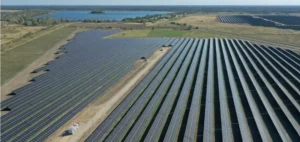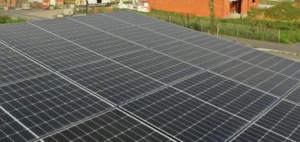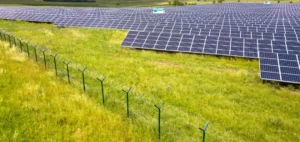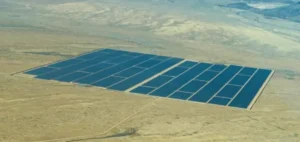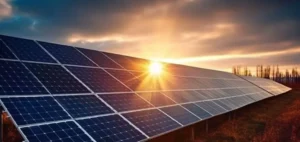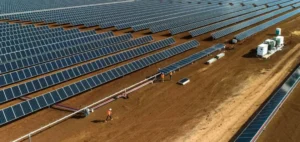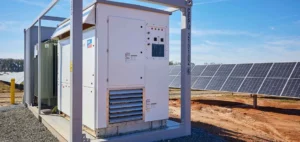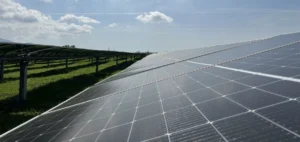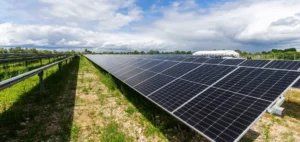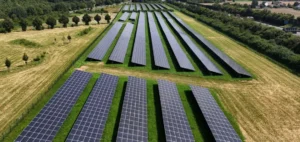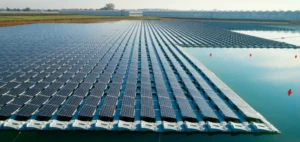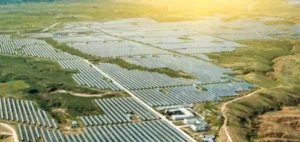Silicon Ranch Corporation, through its subsidiary Regenerative Energy, has implemented an innovative approach to integrating regenerative land management practices into its solar projects. This challenges conventional methods of solar site preparation, as Nick de Vries, Senior Vice President of Technology and Asset Management at Silicon Ranch, points out:
“It’s not the first thing you think about. You think about module degradation, inverter preventive maintenance, other things. Then little by little, you realize that there’s land here, too, and we weren’t operationally excellent at managing it.”
This model focuses on the adoption of farming techniques that enhance biodiversity. They also improve ecosystems around photovoltaic installations.
Principles and applications of regenerative management
The central concept of regenerative management is based on minimizing soil disturbance and using biomimetics to mimic natural processes. For example, rather than using heavy equipment to level the land, Regenerative Energy prefers to preserve as much of the top soil as possible, which is essential for preventing erosion and maintaining the health of native plants.
Prior to construction projects, Regenerative Energy is committed to planting local seeds adapted to the region’s climate and geology. The company sows seeds before the project is built, as on this site which is now home to Clay Solar Ranch. This is a 106 MW project in Clay County, Georgia. This crucial step not only stabilizes the soil, but also encourages the growth of plants that are naturally resistant to local conditions and require less maintenance.
Integrating livestock farming into solar site management
An innovative aspect of Silicon Ranch’s approach is the use of sheep grazing to manage the vegetation under and around the solar panels. This process, inspired by natural ecological interactions such as those between bison and North American prairies, not only reduces site maintenance costs but also naturally fertilizes the soil.
Sheep play an active role in the ecosystem of solar sites by keeping the grass at an ideal height, preventing the growth of shrubs that could block sunlight. Their presence also helps to disperse native plant seeds, enriching the site’s plant diversity.
Michael Baute, Director of Regenerative Energy and Land Management for Silicon Ranch, says: “We build pastures, we use animal impact to improve the ecological health of our farms and ranches. We’re not just looking for short-term gains. We’re looking at the long term.”
Long-term benefits and challenges
Regenerative management practices have multiple benefits for Silicon Ranch, including reducing soil erosion, improving carbon sequestration and creating a healthy habitat for many animal and insect species. However, this approach requires a thorough understanding of local ecological conditions and a commitment to long-term land management.
The transition to regenerative practices is not without its challenges, especially when entering new markets with unfamiliar environments. Each new site requires a detailed study of local flora and soil conditions, as well as the adaptation of management techniques to maximize ecological benefits while ensuring the economic viability of the project.
Silicon Ranch’s strategy shows that regenerative practices are not only beneficial for the environment, but also economically viable for solar project developers. By placing sustainability and ecological management at the heart of its operations, Silicon Ranch is setting a model for the solar industry that could well transform the way land is managed in the context of renewable energy production.

